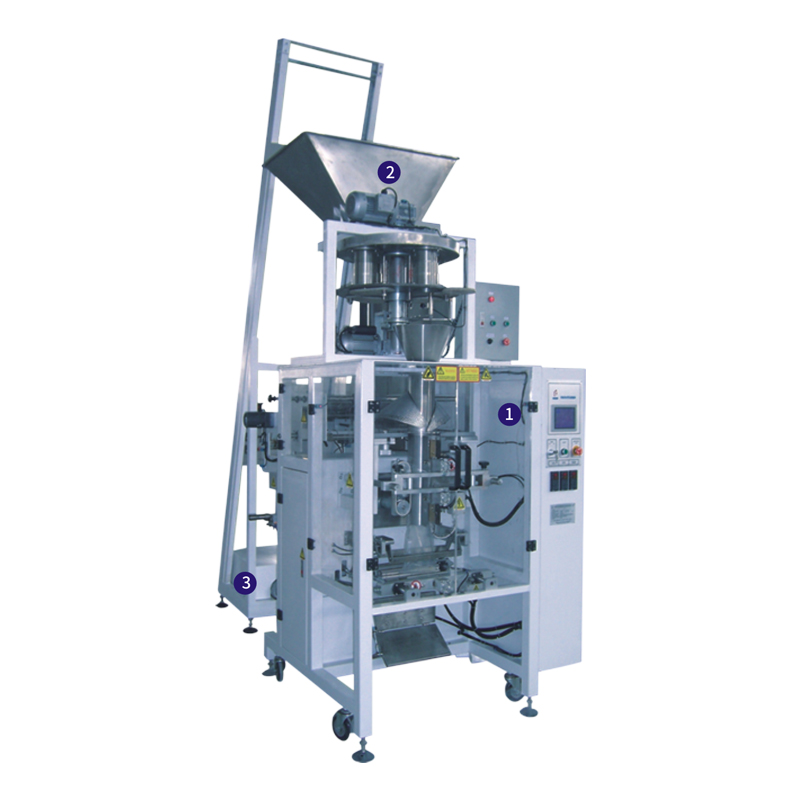key components and processes typically involved in a cups filling and packing line
2023-10-18
A cups filling and packing line is an automated system used in various industries to fill cups or containers with a product, seal or lid them, and then package them for distribution and sale. This type of production line is commonly used in the food and beverage industry for packaging items like yogurt, pudding, sauces, dips, and similar products. It can also be utilized in other industries, such as pharmaceuticals and cosmetics, for packaging various substances.
Here are the key components and processes typically involved in a cups filling and packing line:
1. Cup or Container Feeding: Empty cups or containers are fed into the production line. This can be done manually or using an automated conveyor system.
2. Filling: Once the cups are in position, the product is dispensed into each cup. This can be done using various methods, such as volumetric fillers, auger fillers, piston fillers, or gravity fillers, depending on the type of product.
3. Sealing: After filling, the cups need to be sealed to prevent contamination and maintain product freshness. Common sealing methods include heat sealing (using a heated sealing tool), pressure sealing (using a press or mechanical force), or induction sealing (using electromagnetic induction to create a hermetic seal on containers with foil-lined lids).
4. Lidding: If the product requires a separate lid (e.g., yogurt or pudding), a lid is placed onto the filled cup. This can be done manually or using an automated lid placement system.
5. Capping: In some cases, the cups may require screw-on or snap-on caps. Automated capping machines are used for this purpose.
6. Labeling and Printing: Labels with product information, branding, and barcodes may be applied to the cups, and expiration dates may be printed on them.
7. Inspection: Automated systems may include quality control checks, such as weight verification, fill level inspection, and seal integrity checks to ensure product quality and safety.
8. Packaging: Once the cups are filled, sealed, and inspected, they are grouped and packaged into larger containers, such as boxes or trays, for distribution.
9. Palletizing: In some production lines, the packaged products are further prepared for shipping by stacking them onto pallets.
10. Automation and Controls: The entire process is often controlled by a central control system that coordinates the various machines and processes on the production line. This ensures efficient and consistent production.
11. Cleaning and Sanitization: Regular cleaning and sanitization of the equipment and production area are essential to maintain product quality and meet hygiene standards.
Cups filling and packing lines can vary significantly in size and complexity, depending on the specific needs of the product and production volume. Modern systems often incorporate advanced technologies, such as robotics, vision systems, and data analytics, to optimize production efficiency and quality control.



